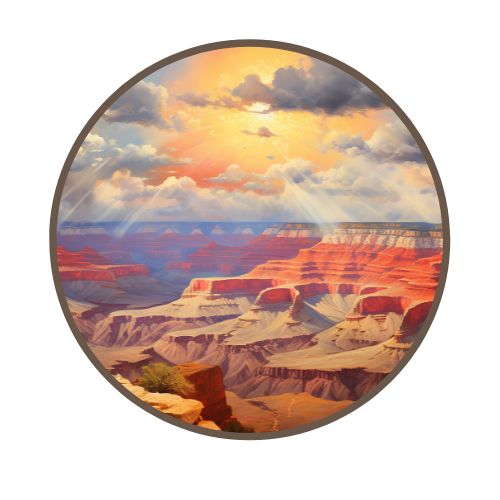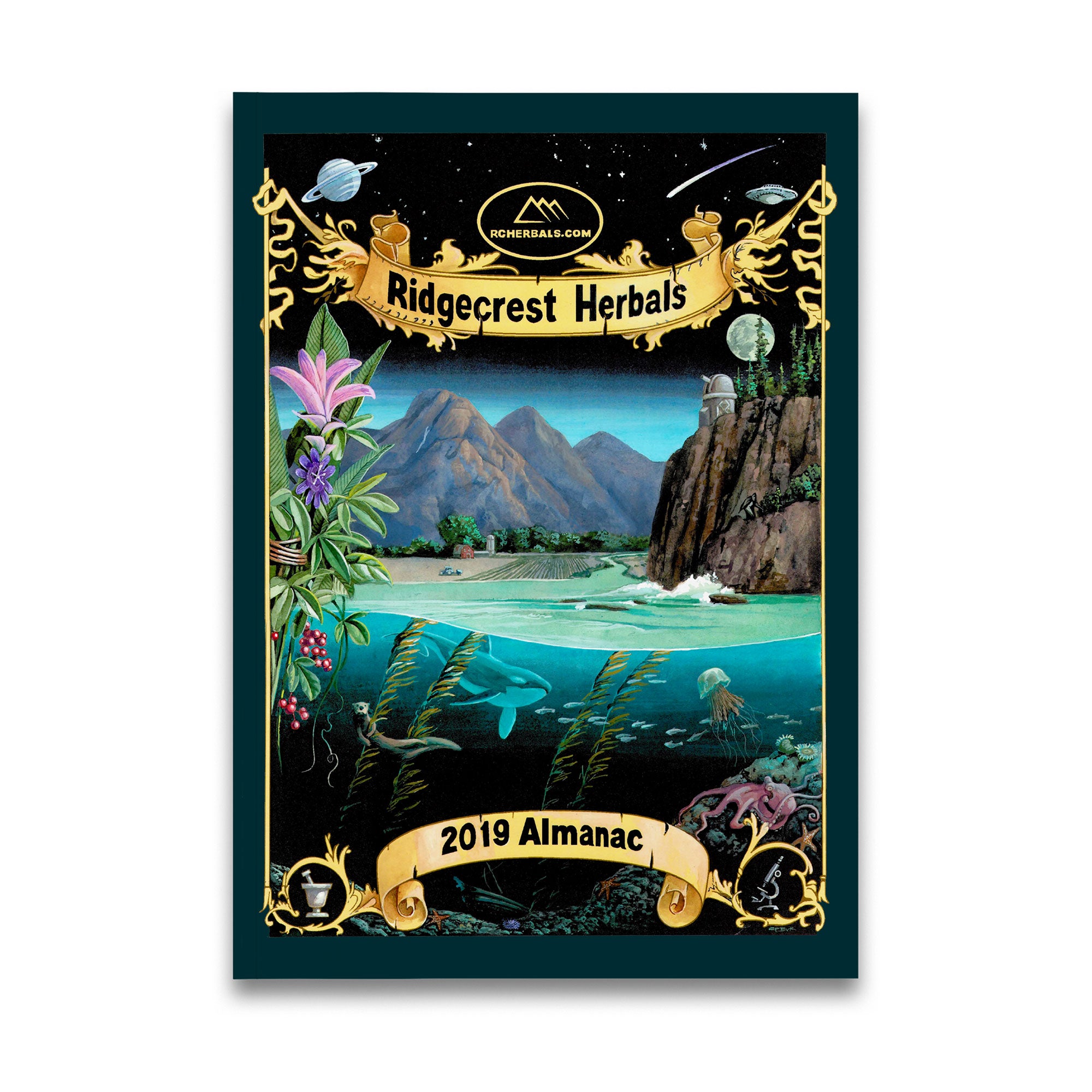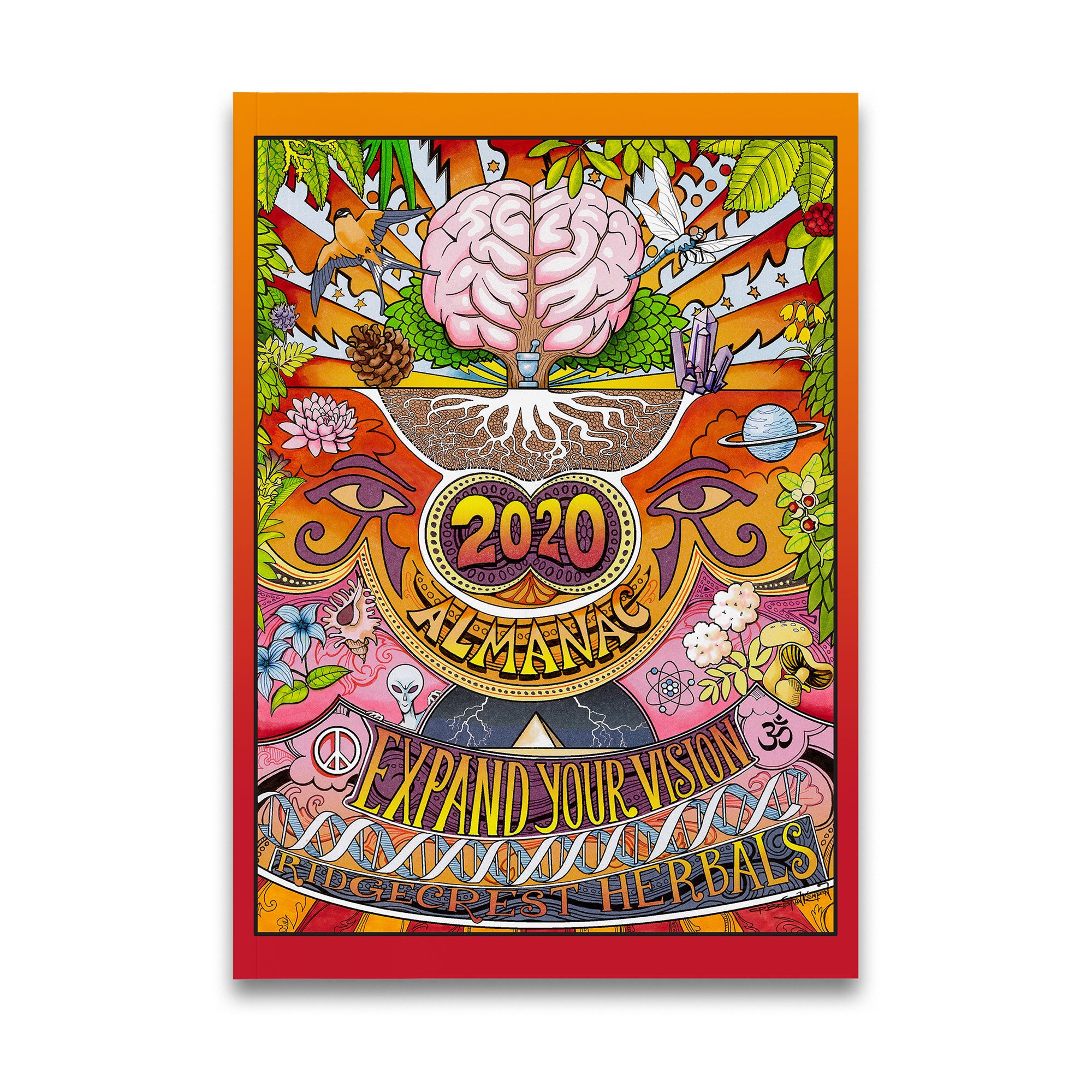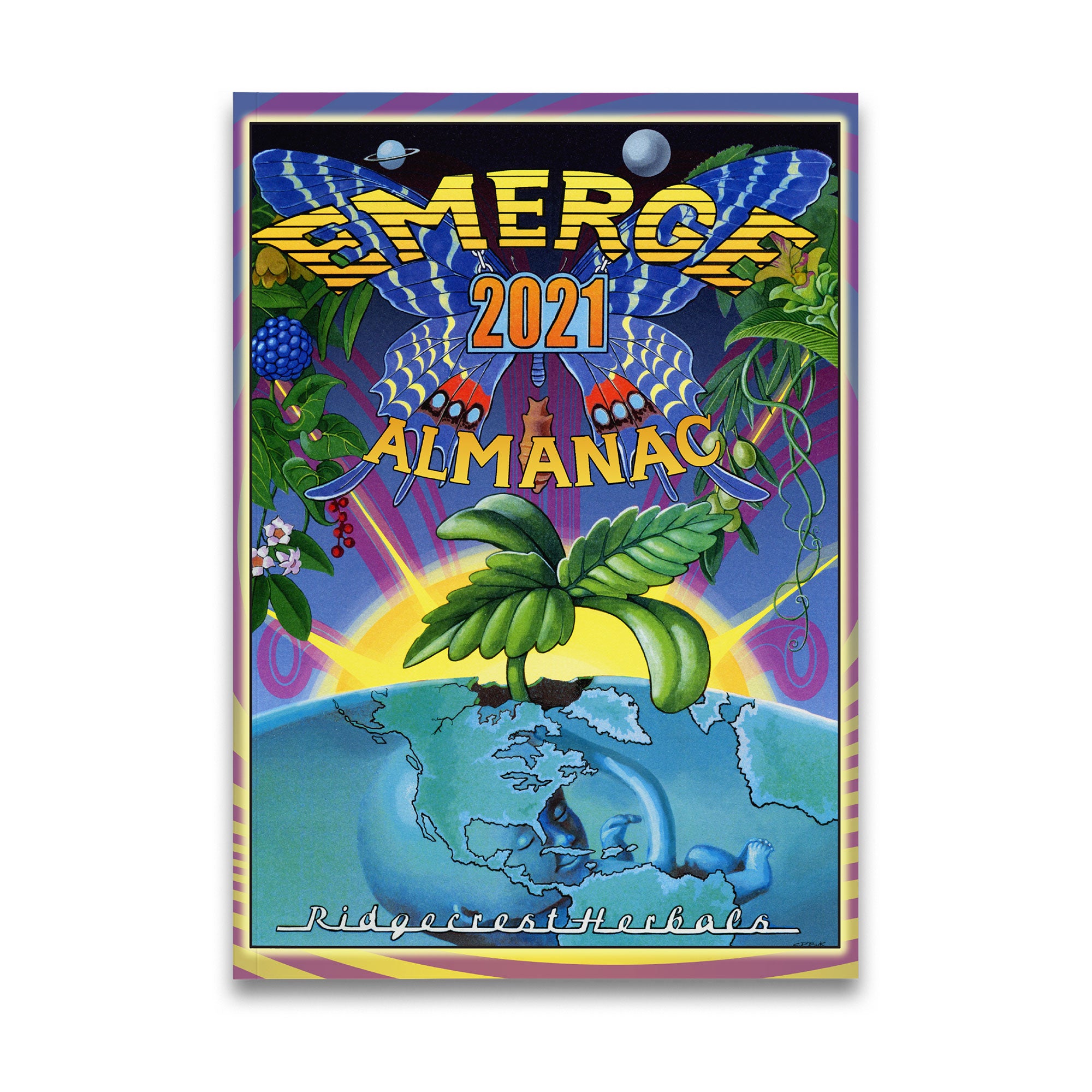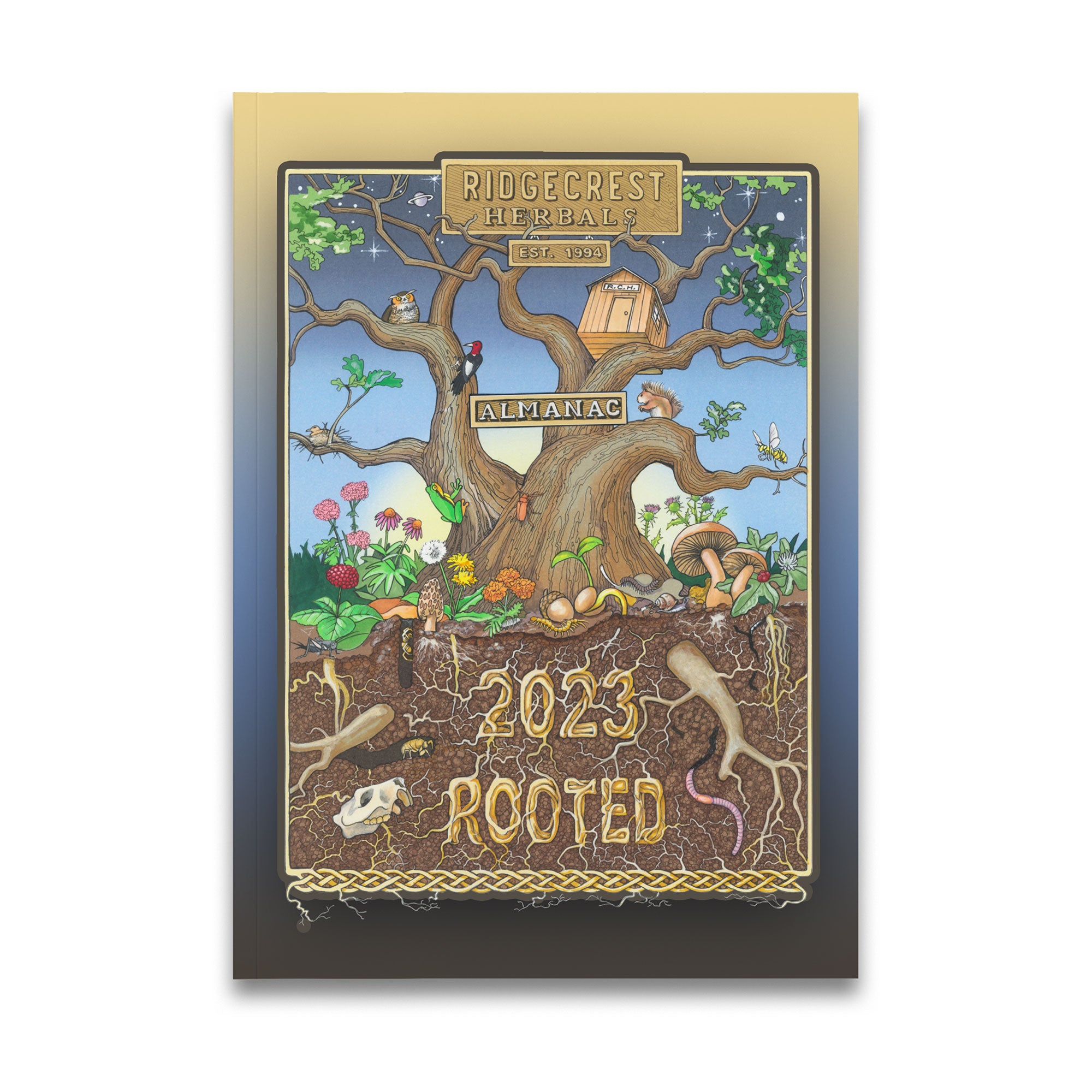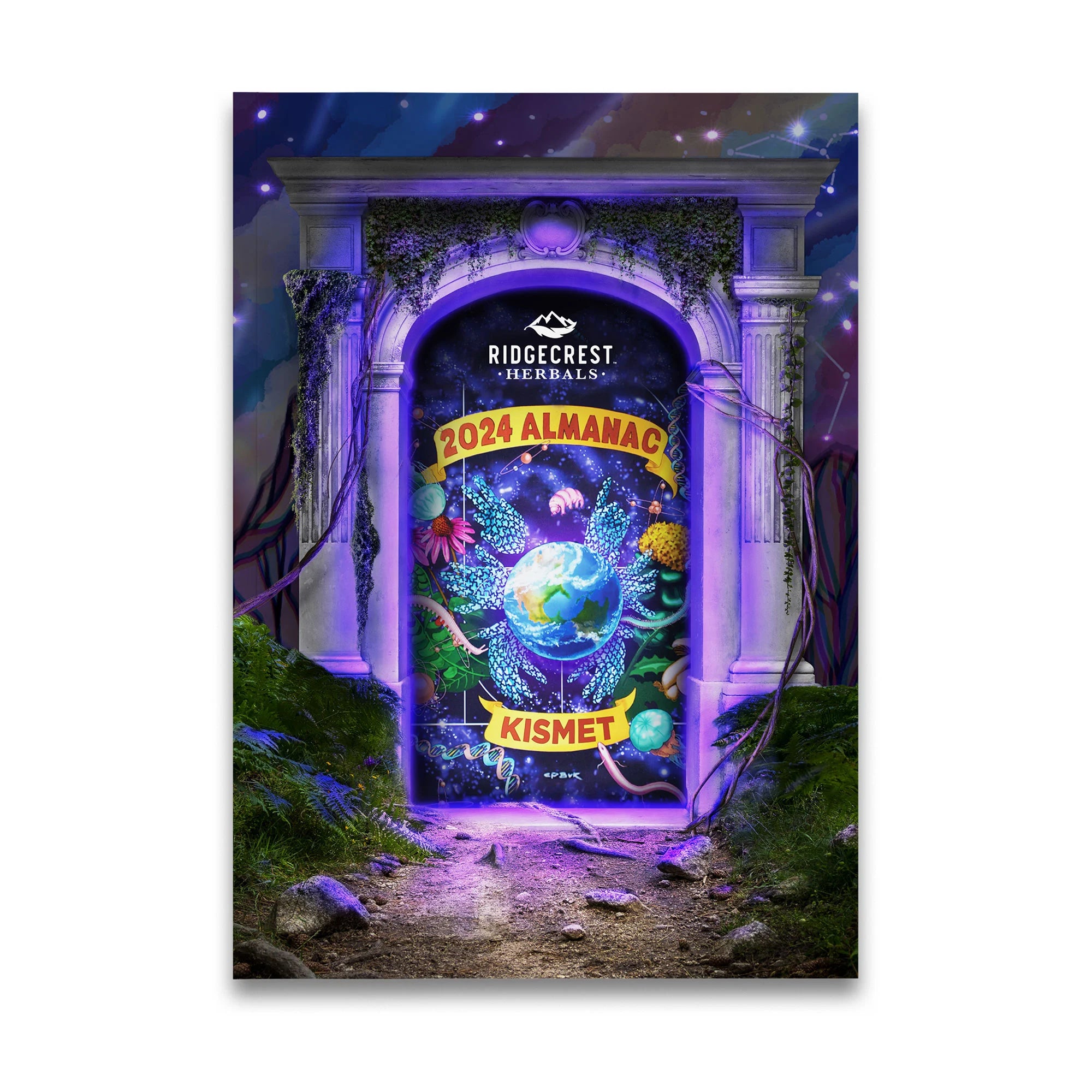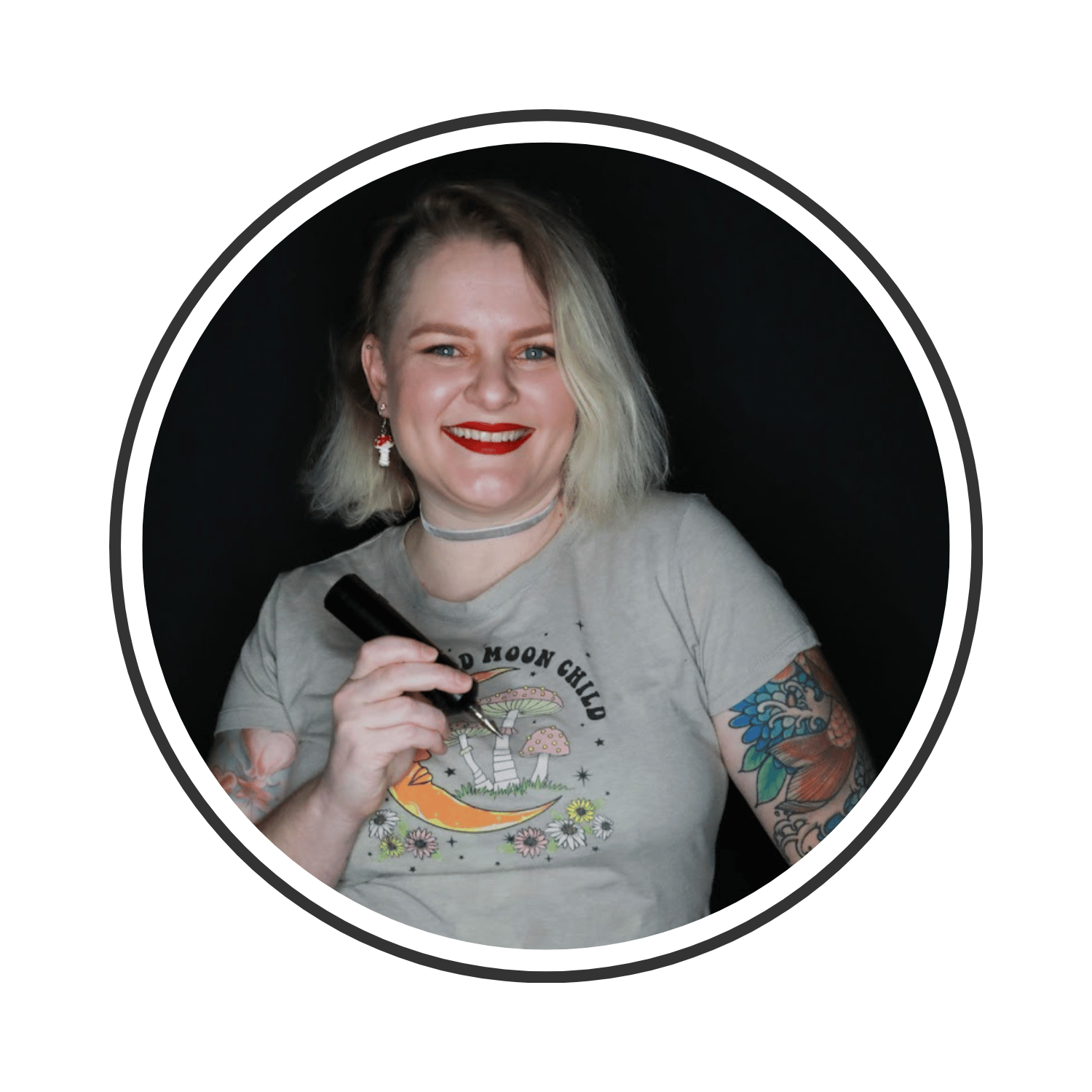The Mystery Begins
The rumored underground city in the Grand Canyon, known as the Isis Temple, sits at 7,012 ft. and is a formation of Coconino sandstone. Legend has it an ancient culture, possibly Egyptian, occupied this underground space, with room for over 50,000 people to live comfortably. Evidence discovered in 1963, a split-twig figurine artifact found in a limestone cavern dating back to 2145 B.C. (at least 3,600 years before Columbus reportedly discovered America), lends some possible truth to the mystery (Bishop Jr.).
In the early 1900s, a man named G.E. Kinkaid, an archaeologist from the Smithsonian Institute, was on an expedition directed by fellow anthropologist S.A. Jordan, who was sent to investigate information reported by John Westly Powell regarding Grand Canyon discoveries in 1869. His trip involved several locations, starting on the Colorado River through Utah’s Canyonlands to Yuma, documenting this unknown and unexplored area, as well as hunting for what Kinkaid calls “the mineral,” or gold. It was on this journey that he stumbled upon stairs that led to a cavern in the Grand Canyon.
A news article on the front page of the Gazette from 1909 also cites his discovery:
“The latest news of the progress of the explorations of what is now regarded by scientists as not only the oldest archaeological discovery in the United States but one of the most valuable in the world, which was mentioned some time ago in the Gazette, was brought to the city yesterday by G.E. Kinkaid, the explorer who found the great underground citadel of the Grand Canyon during a trip from Green River, Wyoming, down the Colorado, in a wooden boat, to Yuma, several months ago.” (Draper)
What Did Kinkaid Find?
Nearly 1486 feet down a sheer canyon wall, located on inaccessible government land, Kinkaid found a “mammoth chamber from which radiates scores of passageways, like the spokes of a wheel. Several hundred rooms have been discovered.” (Draper) The main passageway was about twelve feet wide, with branches that started off to the right and left leading to rooms, some about 30-40 ft. square, each with walls that were about three-and-a-half feet thick.
Kinkaid also tells of a shrine made out of a hard rock resembling marble from which was carved “an idol, or image, of the people’s god, sitting cross-legged, with a lotus flower or lily in each hand...almost resembles Buddha.” Surrounding the idol were other smaller images, “two large cacti with protruding arms, one on each side of the dais on which the god squats.” Some think this may have been the artifact for the Egyptian king named Khyan, Khian, or Khayan. In the opposite corner were tools of all kinds made out of copper.
Among other finds were vases, urns, and very artistically crafted cups of copper and gold. Pottery included enamelware and glazed vessels. Round granaries, found down another passageway, made of something similar to hard cement, contained seeds of all kinds. A strange, unidentified grey metal that resembled platinum was also present. And stones, specifically “cats’ eyes,” or likely what we know as Tiger’s Eye, were strewn all over the floor, each one “engraved with the head of the Malay type.”
He also mentions hieroglyphics found on the urns, walls over doorways, and stone tablets, similar to ones that have been found in southern Arizona. Drawings of two animals were depicted, but only described as being “of prehistoric type.”
Kinkaid also reported the discovery of mummies in one of the largest chambers, a crypt, which he purportedly photographed (Kinkaid was also reportedly a skilled photographer). The walls slanted back at 35 degrees, with mummies occupying separate shelves; at the head of each was a small bench with copper cups and pieces of broken swords. The mummies were all covered in a bark-type fabric and some with clay. On the lower tiers were urns, ranging in design from plain to fine. There were no female or child burials here, which led Kinkaid to believe “that this exterior section was the warriors’ barracks.”
Curiously, no bones of animals, skins, clothing, or bedding were found in this Grand Canyon cavern, only water vessels and cooking utensils. He mentions some of the relics discovered were shipped back to Washington with details of the discovery.
Related to the Egyptians?
No records exist in the Smithsonian’s Department of Anthropology about Kinkaid or Jordan (at least as they are spelled; records exist of a “Jordon” about the same time). There’s not even a paper trail regarding their expedition into the Grand Canyon. There’s no evidence that Jordan existed and there’s only one other record of Kinkaid mentioned in the Gazette a couple of months after the discovery of the underground city (Gaia). Unfortunately, nothing else publicly was ever written or mentioned about the expedition or discovery at all, which has left us with only a news article and Kinkaid’s writings.
We do have John Westly Powell’s journal, from 1869, to whom credit is unduly given for his exploration of the Grand Canyon via the Colorado River. It reports his archaeological discoveries before Kinkaid, and his account is similar:
“In this Canyon, great numbers of man-made caves are hollowed out. I first walked down a gorge to the left of a cliff and climbed to a bench of the cliff. There was a trail on the cliff bench that was deeply worn into the rock formation. Where the trail crossed some gulches, some steps had been cut. I could see no evidence that the trail had been traveled in a long time. I returned to our camp about 3:00 PM and the men had found more Egyptian hieroglyphics on cliff walls near the cave. We explored the cave and found this shrine and other artifacts. That evening I sent a team member to notify the Smithsonian Institute of our discovery. We continued to survey the canyon and discovered more Egyptian tunnel cities. I estimate in my report that upwards of 50,000 Egyptians had inhabited the Grand Canyon at one time.”
Interestingly enough, however, in the same area of the Grand Canyon are the landmarks Cheops Pyramid, Buddha Temple, Buddha Cloister, Manu Temple, Tower of Ra, Horus Temple, Osiris Temple, and the Shiva Temple, all named after divinities of Indian, Asian, and Egyptian origin. If you ask the forest service about this, they’ll tell you the early explorers simply had a fascination with the cultures and liked the names. The area in which the above formations are found is restricted to access, kept off-limits by the government to hikers and visitors for further exploration unless you have a permit (and no permits are granted). Even the sky over this area is restricted-air space.
For more confirmation bias, there’s also the fact that all the monuments named after Egyptian Pharaohs align with the same stars as the pyramid of Giza, the constellations of Orion and Pleiades (Daily Odds and Ends) (CNYArtifactRecovery). The three Egyptian landmarks, the Tower of Ra, Osiris Temple, and the Isis Temple, also form a perfect triangle (CNYArtifactRecovery).
Another Possible Legend
There may be another explanation for this curiosity, one with possible genetic ties and links. The Hopi Indians tell of a tradition where:
“Their ancestors once lived in an underworld in the Grand Canyon till dissension arose between the good and the bad, the people of one heart and the people of two hearts. Machetto, who was their chief, counseled them to leave the underworld, but there was no way out. The chief then caused a tree to grow up and pierce the roof of the underworld, and then the people of one heart climbed out. They tarried by Paisisvai (Red River), which is the Colorado, and grew grain and corn. They sent out a message to the Temple of the Sun, asking the blessing of peace, goodwill and rain for people of one heart. That messenger never returned, but today at the Hopi villages at sundown can be seen the old men of the tribe out on the housetops gazing toward the sun, looking for the messenger. When he returns, their lands and ancient dwelling place will be restored to them. That is the tradition.” (Draper)
In my search for this story I stumbled upon a few variations, and I tried my best to locate an authentic recount of this tradition. The closest I came was a handful of scholarly accounts of the history of the Hopi Indians which details parts of their language that share linguistic similarities with Egyptians. For example, “Sohu” in Hopi means “Star” (usually referring to Orion) and “Sahu” in Egyptian means “Star of Orion,” among many other similarities. This information also included creation legends that are oddly reminiscent of ancient civilizations, and notes the Hopi petroglyphs are like images found all over the world (Mills). In these stories, the Hopi also recount being saved from past world cataclysms by the “ant people.” There are also theories that this cavern may have been of Anunnaki origin, as “anu naki” in Hopi meaning “ant friend” (Mills) (Ancient Wisdom). We do also know that John W. Powell came across many Native American dwellings on his journey through the Grand Canyon.
Fact or Fiction?
It takes some time to really uncover the details and interesting facts that surround this curious story about Egyptians in the Grand Canyon. While Kinkaid and Jordan may not have records that can be verified with absolute certainty, there is notable evidence provided from the Hopi traditions, records, and scholars that may indicate, at the very least, the presence of an ancient civilization that occupied that area long before we acknowledged it. It would be a significant alteration to our recorded history and understanding of the world as we know it if that were the case. In my personal opinion, that is the real reason we don’t have conclusive evidence and only strong correlations. Ultimately, It is up to you to decide if the Grand Canyon was occupied by the Egyptians or not.


